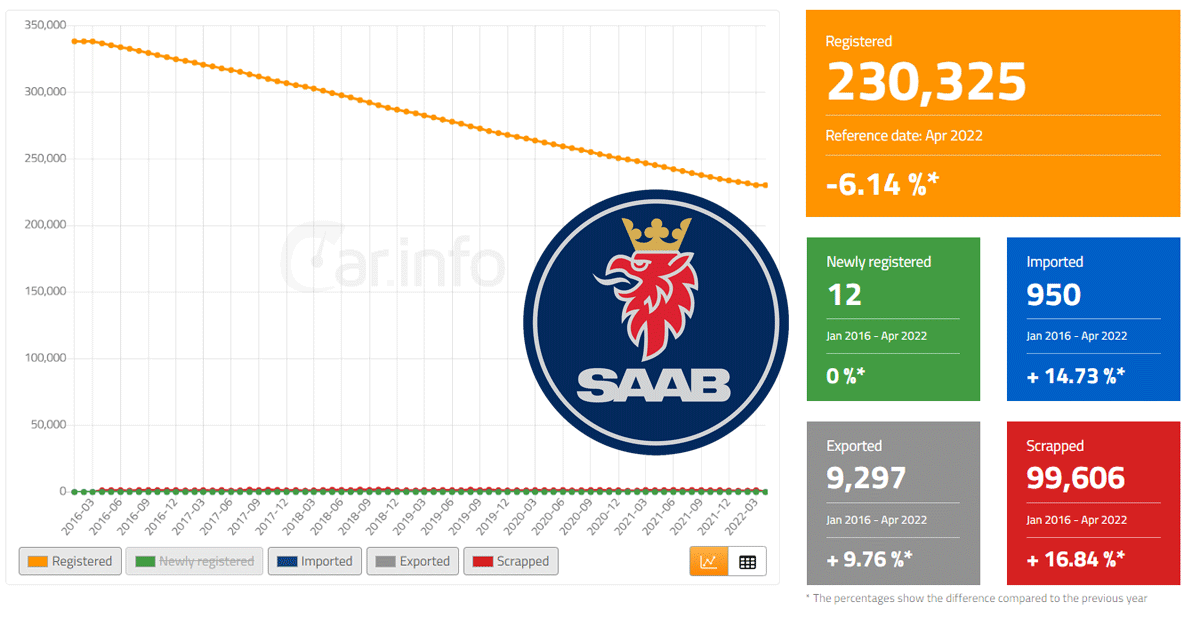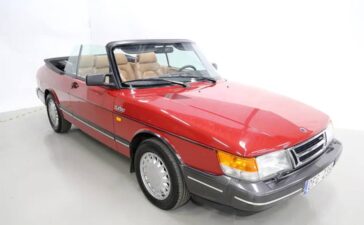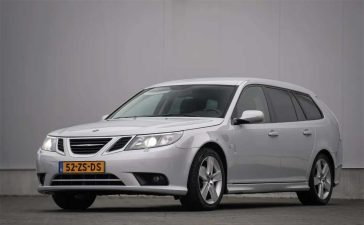As expected, since there has been no production of Saab cars for 10 years, it is impossible to increase their number on the streets of cities around the world, but it is only possible to reduce their number.
In addition to the obsolescence of cars (severe breakdowns, unprofitable repairs also), there are several other reasons for the constant decrease in the number of registered Saab cars, namely Saab cars destroyed in traffic accidents and part of the car that was exported to other countries.
Because of all this, the statistics published by the Swedish website car.info and their database of registered cars in Sweden are very interesting, due to a better understanding and transparency of that local market. Within this large base, we, as Saab fans, have interesting figures regarding the status and number of Saab car registrations in Sweden. Well, below are some very interesting data from this part of the Scandinavian car market.
Table of Contents
230,000 Saab Cars Registered in Sweden (March 2022)
As you can see in the chart, currently with the data for March, 230,000 Saab cars were registered in Sweden, which is -6.67% less compared to the same period last year.
At the same time, we can see that there is a growth trend in both imports and exports of Saab cars, with exports of Saab cars from Sweden 10 times higher than imports within the observed period from January 2016 to March 2022, when 9,295 Saab cars were exported outside Sweden.
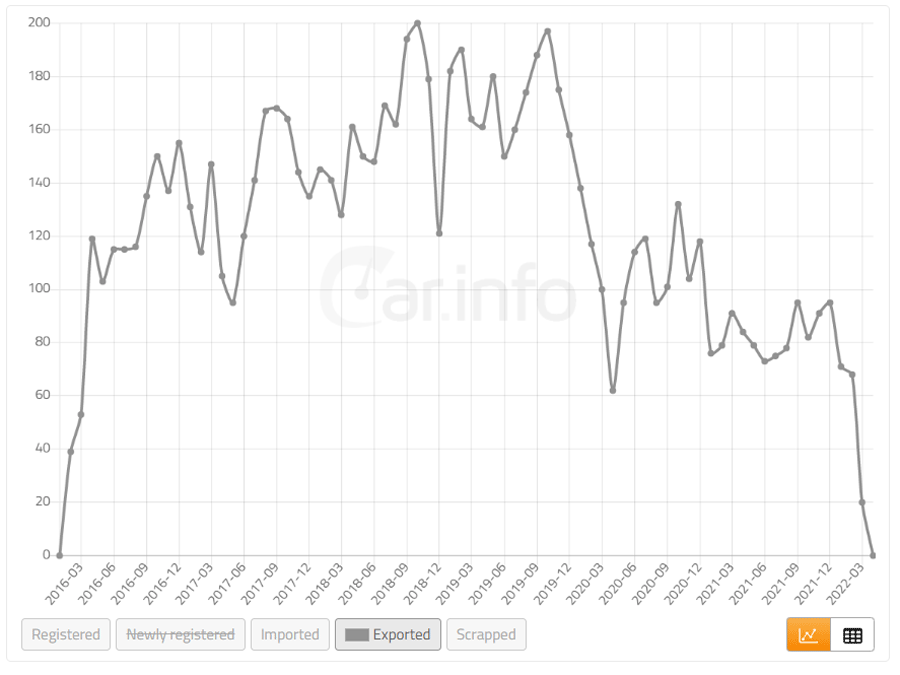
In Just Over 6 Years, 100,000 Saab Cars Were Scrapped in Sweden
Here is another interesting fact, and it is about the number of scrapped Saab cars in Sweden.
In March 2016, there were approximately 340,000 registered, now in March 2022 approximately 230,000. Seems to be decreasing steadily by approximately 18,000 per year. If this trend continues at the same rate, in about 12 years (i.e. 2034), Saab cars will almost disappear on the roads in Sweden.
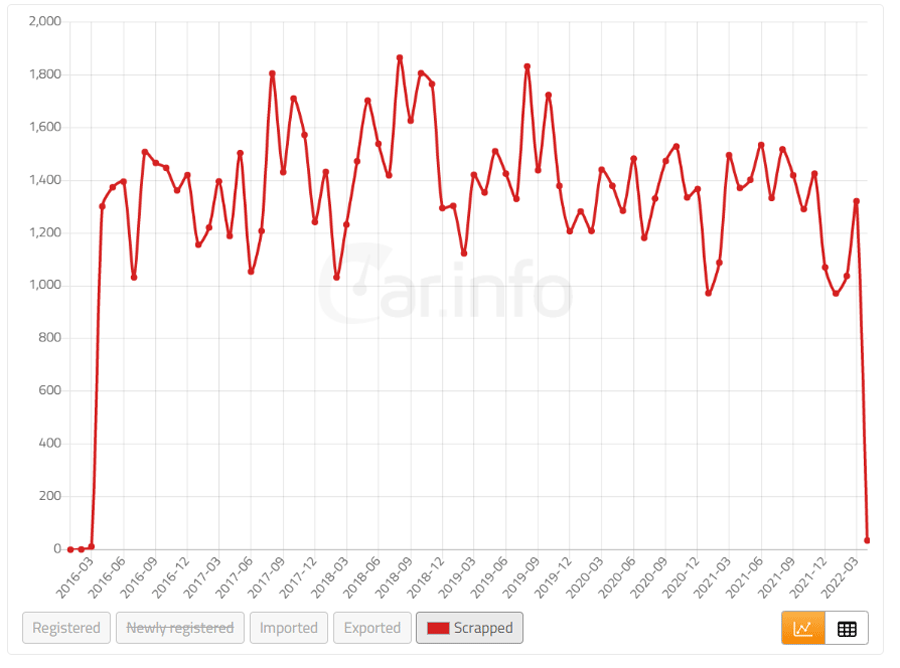
Of course, thanks to Saab enthusiasts, Saab cars will never completely disappear in Sweden (as in the rest of the world), but they will certainly not be in such large numbers. And one of the reasons is not only obsolescence, but also the global aspiration towards vehicles for alternative energy sources, primarily ecological ones.
Until then, it will probably not be possible to buy fossil fuels, and perhaps only ethanol (we must also remember here the diesel-ethanol conversion of BSR), with which Saab researchers already had experience (as well as with electric cars before this global fascination with electric vehicles).
A large number of Saab owners there in Sweden, but also in the rest of the world, are troubled by several questions: Anyone know how long spare parts will be made? Would it be technically possible to convert a Saab into an electric car, for a reasonable cost? Or can we estimate that in 10 years or more, only electric cars will be allowed in traffic?
What is certain is that spare parts for Saab cars will not be a problem, because now we have a huge number of Saab cars on car breakers yards, and just last week, Orio AB promised that Saab car owners should not worry because they still intend to produce and deliver spare parts.
Update
These are the new trends for 2024.
Update
See also the latest data for February 2025

